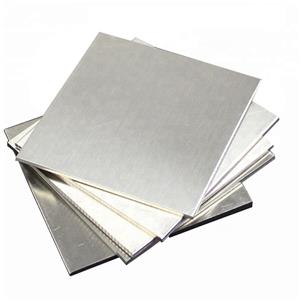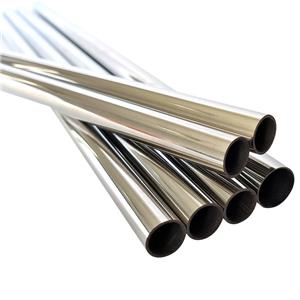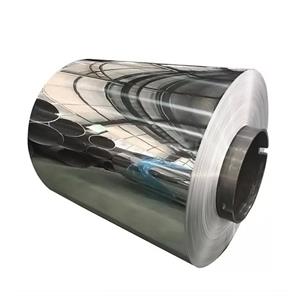H-Beam Knowledge
The inner and outer sides of the flange of H-beam are parallel or nearly parallel, and the flange ends are at right angles, so it is named parallel flange I-beam. The thickness of the web of the H-beam is smaller than that of the common I-beam with the same height of the web, and the flange width is larger than that of the common I-beam with the same height of the web, so it is also named wide-edge I-beam. Determined by the shape, the section modulus, moment of inertia and corresponding strength of H-beam are obviously better than those of ordinary I-beam with the same single weight. Used in metal structures with different requirements, it shows its superior performance whether it is subjected to bending moment, pressure load, or eccentric load. H-beams have wide flanges, thin webs, multiple specifications, and flexible use, and can save 15% to 20% of metal when used in various truss structures. Because the inner and outer sides of the flanges are parallel, and the edge ends are at right angles, it is easy to assemble and combine into various components, thereby saving about 25% of the welding and riveting workload, which can greatly speed up the construction speed of the project and shorten the construction period.
H-beam vs I-beam:
H-beams and I-beams are beams made from structural steel widely used in construction applications. Due to the high strength and ease of construction they impart, they are often used to build houses, bridges, large trailers, etc. I-beams are steel beams made by milling or rolling I-beams. It is made from a single piece of metal or aluminium for the entire unit. H-beams are steel beams made of rolled steel in the shape of the letter "H". They are manufactured as combined units. Flanges are welded to the web to form an H-section. H-beams are also known as wide flange beams. The cross-sections of I-beams are usually deeper in height than they are wide, which makes them resistant to local buckling. The cross-section of H-beam is more optimized than that of I-beam, giving it a reasonable strength-to-weight ratio. They have a larger surface area in cross section and therefore higher strength. Compared to H-beams, I-beams are lightweight. I-beams are suitable for making supporting frames and columns for elevators, trailers, tram tracks, hoists, steel structures and bridges. H-beams are used as load-bearing columns in commercial buildings for platforms, bridges, etc. Wide flange beams are typically used in residential projects.
H-beam Applications:
H-beams are widely used and are mainly used in: various civil and industrial building structures; various large-span industrial plants and modern high-rise buildings, especially industrial plants in areas with frequent seismic activity and high temperature working conditions; requiring large bearing capacity and cross-section Large-scale bridges with good stability and large span; heavy equipment; highways; ship skeletons; mine support; foundation treatment and dam engineering; various machine components.




